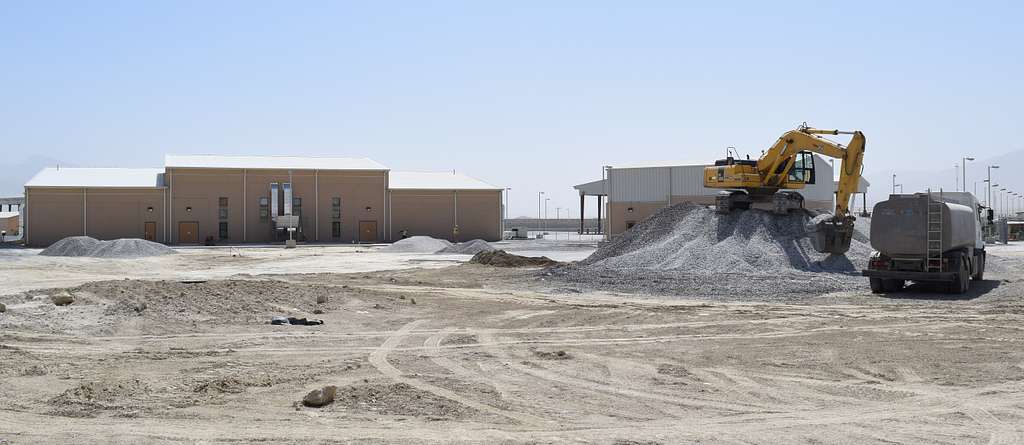NOT How to Implement Commercial Waste Collection Strategies
A commercial waste collection plan is invaluable when it comes to running a business. Especially in Australia, where waste minimisation and the environment are given priority, effective strategies for commercial waste collection should be employed.
From a small business to a corporation, all companies benefit from managing waste appropriately. This not only helps them comply with local regulations but also in general business best practices
This blog can help you understand how to establish your commercial waste collection strategies along with simple steps towards waste minimisation, recycling and practising sustainability.
Understanding Commercial Waste Collection
Commercial waste collection can be defined as the capturing, sorting and discarding of waste generated by an institution, business or industry.
This can contain general office waste, food waste, packaging, and toxic materials. Commercial waste collection aims to develop a management plan that reduces the negative influences caused by the waste material.
Improving Your Current Waste Management Practices
It is essential to audit your existing waste management practices. This is done before incorporating different strategies for waste collection. By doing so, you will be able to figure out where more reducing, reusing, and recycling can be done.
Conduct a Waste Audit
A waste audit is a thorough analysis of how waste is generated within your business. It includes looking at the volume of waste produced and the current disposal methods in place. A waste audit outlines specific areas that need improvement.
Waste Categorisation
Creating an effective waste collection plan centres on understanding the different types of waste produced by your business. Separating your waste processes makes it possible for you to manage and track your waste within each stream separately.
Create Waste Reduction Objectives
Once you are clear of the types of waste produced in your business, measuring waste goals comes next. Goals are focused on the overall strategy, such as reducing the amount of waste generated.
Commercial Waste Collection Services
The next step is to engage a professional waste collection service that will assist you in achieving your goals after you have evaluated the current waste management practices. There are some suggestions that are essential to consider.
Always get a waste collection company that will solve waste issues in accordance with the unique needs of your business. Businesses generally have varying types of waste, and this cannot be solved with rigid methods.
Recycling Services and Reusing
Check that the provider of waste collection uses a combination of recycling services that includes paper and cardboard, plastic bottles, and even metal. Australia is steadily progressing towards a national recycling target and it is essential that businesses play their part in promoting the systematic recycling of as many materials as they can.
Sustainability
The business must emphasise eco-friendly practices and the adoption of waste management services that are environmentally sustainable. For example, a responsible waste management business should use alternative fuels for their vehicles and state-of-the-art waste to energy technologies that lower carbon emissions.
Waste Separation Technologies
One of the cost-effective methods in improving the efficiency of commercial waste collection is to separate waste and organise it into recyclables and non-recyclables. Implementing a waste separation and recycling system will improve the contaminated recyclable materials to waste materials ratio.
Separation Bins
Use colour-coded bins or signage to make it easy for employees to dispose of waste appropriately. Also, if your premises generate waste that is hazardous, make sure there are waste collection bins specifically for this waste and standard operating procedures for safe storage and disposal.
Educate Employees
Your employees must understand the significance of waste segregation and how they can help mitigate the impact of your business on the environment. You can conduct training or provide basic guidelines on how to dispose of waste properly along with a waste management policy.
Monitor and Adjust
Once you have figured out a waste system, it is important to evaluate how effective it is. Periodically, look at the streams of waste you are producing and see if more measures can be taken to improve it. In the long run, the efficiency of waste management in your business should increase.
The Benefits of Sustainable Packaging
Another important consideration in commercial waste management is packaging. In Australia, packaging waste is one of the biggest sources of landfill waste, predominantly from retail and food services.
Using sustainable packaging options means that your business can contribute to reducing the waste created and at the same time help bolster a circular economy.
You could also look for ways to decrease packaging, such as with refillable containers or other reusable options for your customers.
Adjust Your Waste Management Plan Regularly
Just like your management plan, the waste management plan is not something that can be completed and set aside. It will require repeated checks and updates.
Reassess what plans you have put in place concerning waste collection and make adjustments to meet your targets and milestones, as well as any changes in policies that may be applicable.
Do not forget to monitor how much waste you have been able to cut down, while also exploring additional ways to decrease waste.
Committing to review your waste management plan every 6 months or annually will ensure that your business is on track and that there is continuous improvement to the minimal impact policies set out.
Closing thoughts
Effective waste management is ongoing, and not just a one-off event. This is done by carefully and consistently assessing your waste collection strategies to determine if your business objectives and waste management legislation are still being adhered to. In doing so, you should also document your success when working to reduce waste and suggest ways that waste can be minimised even more.
If a review is done twice a year or once every year, it will greatly help monitor compliance and ensure that your company is concerned with improving its environmental performance.

